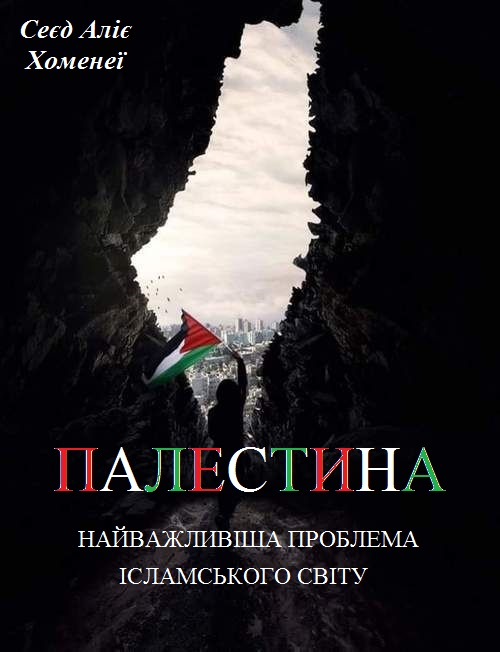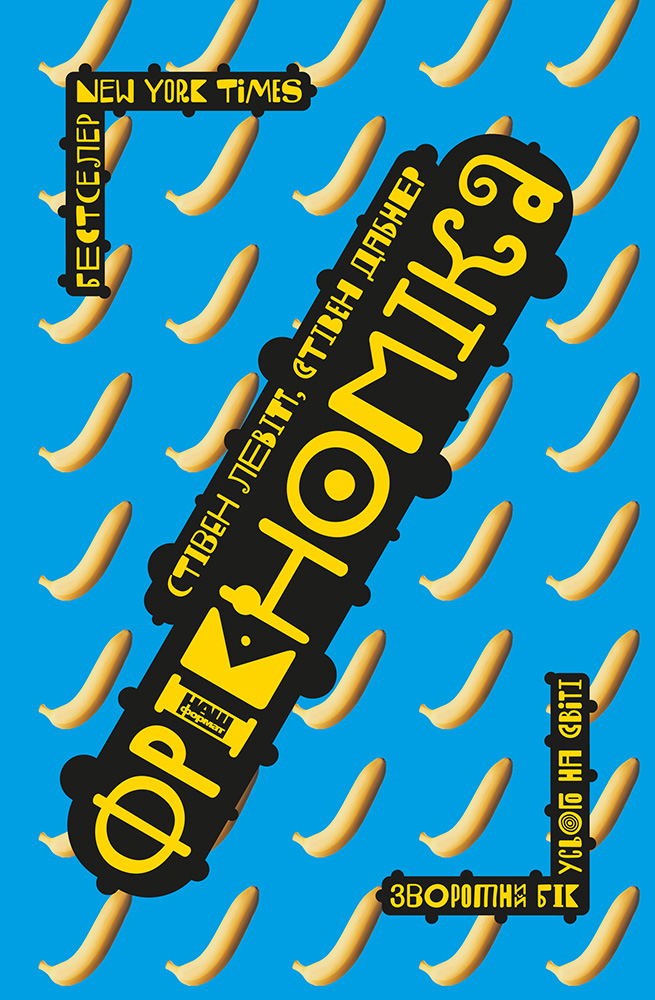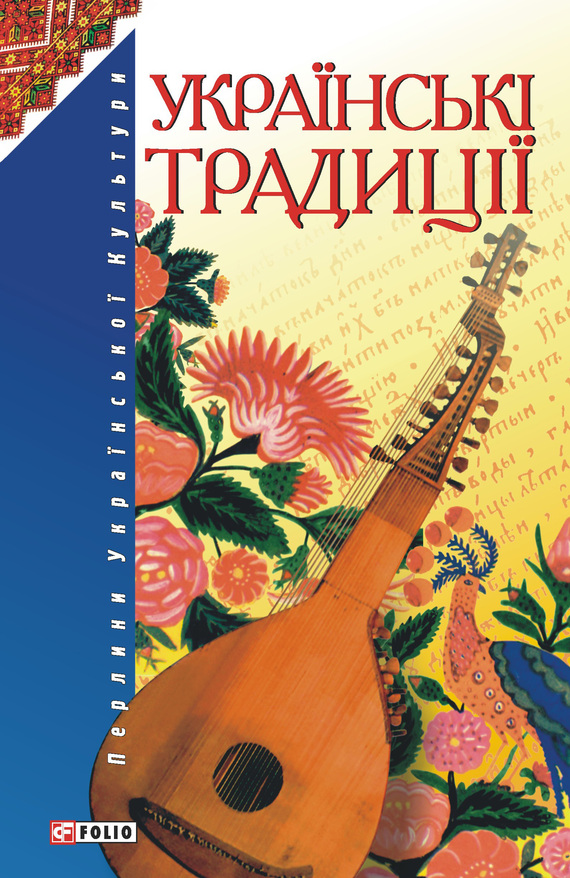Читати книгу - "Genghis Khan and the Making of the Modern World"
Шрифт:
Інтервал:
Добавити в закладку:
The relationship that the Secret History dwells on in detail at this time is Temujin’s renewed allegiance with Jamuka. After the dramatic rescue of Borte, Temujin decided to join his small camp with Jamuka’s larger group of followers. Temujin led his small band to Jamuka’s encampment in the large fertile area known as the Khorkhonag Valley, located between Temujin’s ancestral Onon River and the Kherlen River.
For the third time in their young lives, Temujin and Jamuka made their vows of sworn brotherhood. This time they swore their friendship as two grown men in a public ceremony with their followers as witnesses. Standing before a tree at the edge of a cliff, they exchanged golden sashes and strong horses. By exchanging clothing, each shared his body smell and, therefore, the essence of his soul with the other; the sash, in particular, embodied the symbol of their manhood. They swore a public oath to “let us love one another” and make two lives into one, never to forsake each other. Celebrating their pledges with a feast, including much drinking, Temujin and Jamuka publicly symbolized their brotherhood by sleeping apart from the others under a single blanket, just as true brothers grow up sharing a single blanket.
By moving his small group away from the protection of the mountains and out onto the steppe with Jamuka, Temujin was trading the life of a hunter for that of a herder. Although he loved hunting throughout his life, Temujin’s family never again depended exclusively on it for their subsistence, enjoying a higher standard of living with a more consistent supply of meat and dairy products as part of Jamuka’s group. Temujin had much to learn from Jamuka’s people about the herding way of life, in which well-established customs governed all aspects of the yearly routine, and rightly specialized knowledge of the animals revolved around the management of cows, yaks, horses, goats, sheep, and camels, which the Mongols called the Five Snouts, since they counted yaks and cows together. Every animal provided crucial subsistence materials in addition to food, with the horse being the aristocrat of them, not being used for work other than riding.
Of course, given the constant feuding among the clans, in joining with Jamuka, Temujin was also electing to assume the life of a steppe warrior, a role at which he would come to excel. Their anda relationship allowed Temujin a special status within the larger hierarchy, so that he did not join as a regular follower, and for a year and a half, so the Secret History says, Temujin seemed content to follow Jamuka’s lead and learn from him. But perhaps for the young man who had killed his older half brother rather than submit to his dominance, any such arrangement would inevitably become irritating, and in this case, old steppe customs of caste hierarchy also came into play.
Under the kinship hierarchy, each lineage was known as a bone. The closest lineages, those with whom no intermarriage was allowed, were known as white bones. More distant kin with whom intermarriage was allowed were the black-boned lineages. Since they were all interrelated, each lineage claimed descent from someone of importance, but the strength of the claim depended on their ability to enforce it. Temujin and Jamuka were distant cousins, but of different bones, because they traced their ancestry back to a single woman but to two different husbands. Jamuka descendéd from her first husband, who was a steppe herder. Temujin descended from the forest hunter known in their oral history as Bodonchar the Fool, who had kidnapped the woman after killing her husband. According to this descent, Jamuka could claim that because he descended from the firstborn son and had been fathered by a steppe man, his lineage was higher. Such stories are used in steppe society to emphasize bonds when needed, but they may also provide the pretext for animosity, and in the relationship between Temujin and Jamuka, the story of their kinship would play both ways. Kinship was not so much the determinant of relationships as it was a general idiom through which people made, negotiated, and enforced their social claims.
As long as Temujin was a part of Jamuka’s band, then Jamuka’s family ranked as a white bone, and Temujin was a part of the distant, black-boned kin. Only if he established his own band with himself and his lineage at the center could he be considered white-boned. As the months passed with Temujin following Jamuka’s leadership, the account in the Secret History suggests that Jamuka began to treat Temujin less like an anda and more like a younger brother, also emphasizing that Jamuka’s clan descended from the eldest son of their common ancestor. As already evidenced in his family relations, Temujin was not one to accept being treated as an inferior for long, and soon enough this situation proved unacceptable to him.
The Secret History recounts that in the middle of May in the year 1181, Jamuka called for the breaking of winter camp and headed toward more distant summer pastures. Jamuka and Temujin rode together, as usual, at the front of the long train of their followers and animals. But that day Jamuka decided that he was no longer willing to share his leadership
Увага!
Сайт зберігає кукі вашого браузера. Ви зможете в будь-який момент зробити закладку та продовжити читання книги «Genghis Khan and the Making of the Modern World», після закриття браузера.




